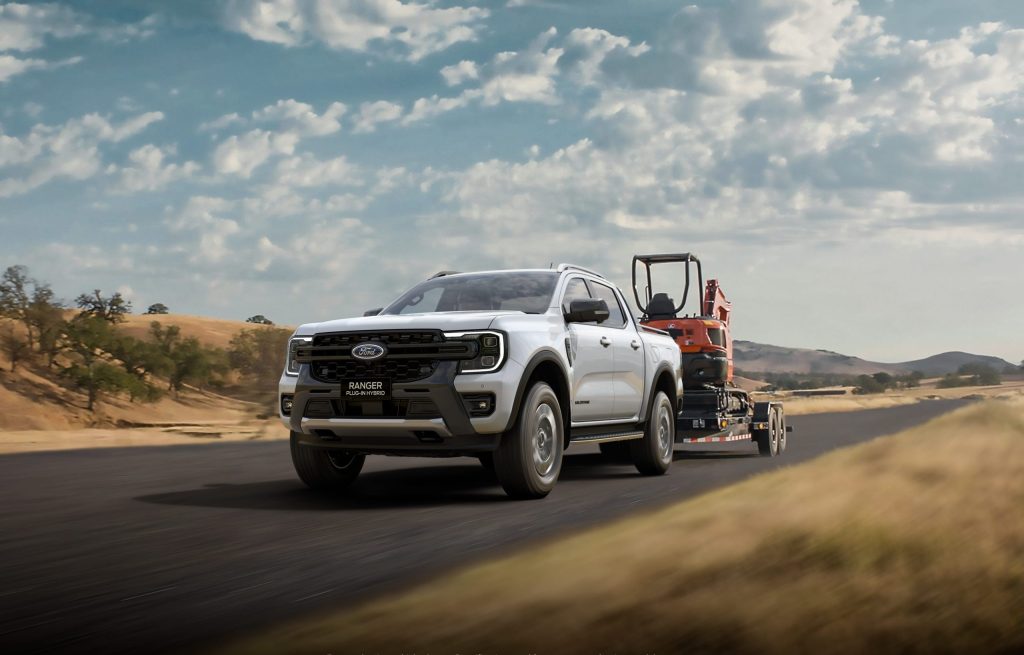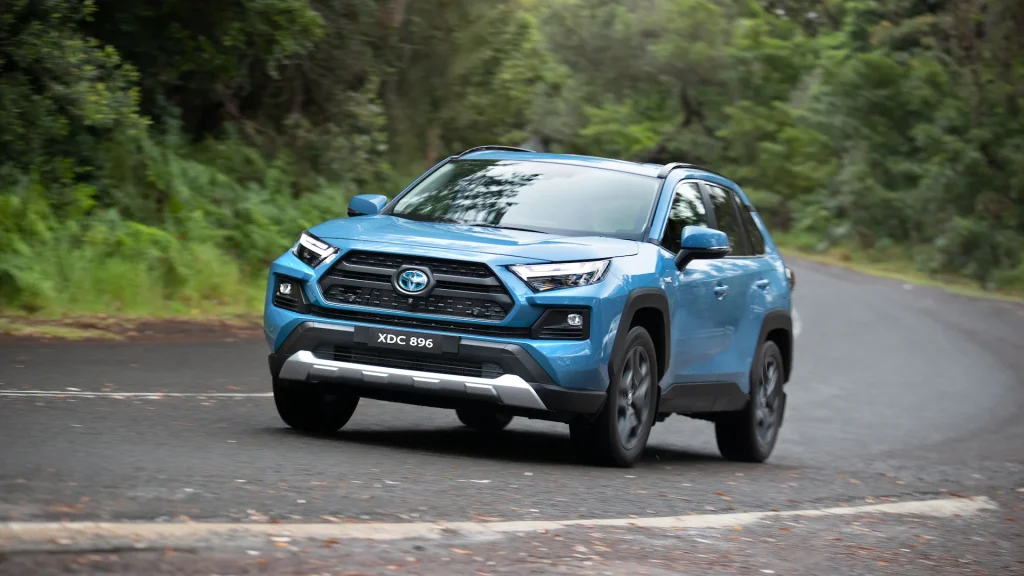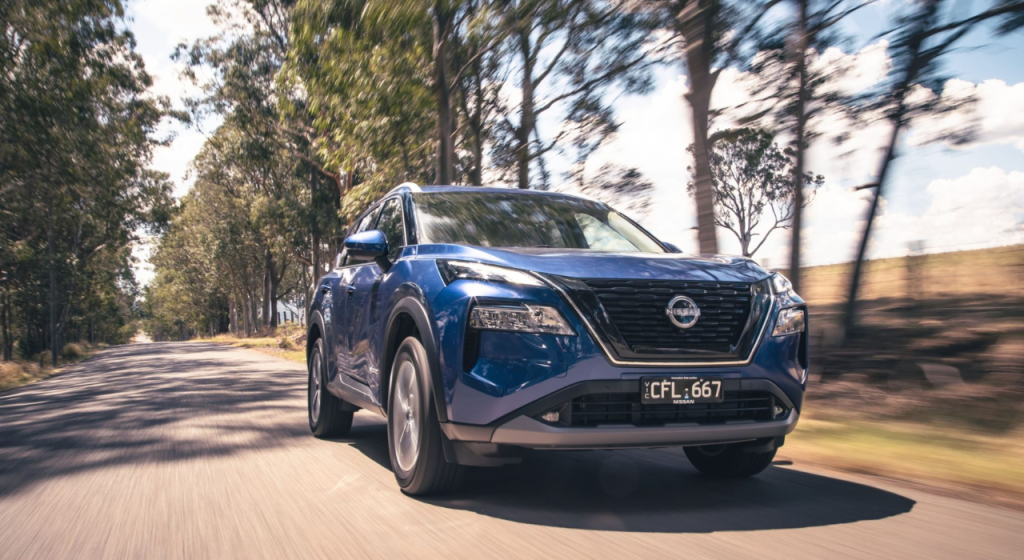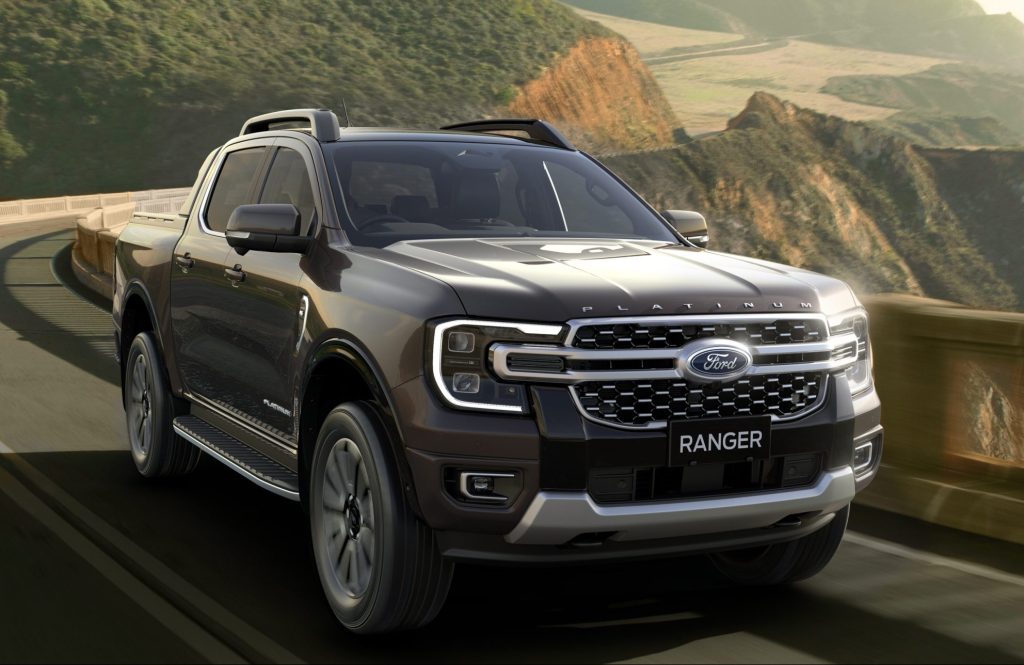The sales spike means last month was 25.0% more productive than the corresponding period last year, in which 99,974 new vehicles were registered in Australia, and higher than any June since 2018, going some way to return it to its previous position of strength on the car sales calendar.
It also follows on from the positive figures recorded in May, where a record 105,694 registrations were confirmed. However, this month and last continue to be inflated by the fulfilling of old orders, with the figures painting a picture not wholly representative of the current supply chain issues.
It was another big step for battery electric vehicles, which accounted for 8.8% of all sales for the month, while the inclusion of hybrid and plug-in hybrid cars brought this total to 16.6%. Much of this can be attributed to Tesla’s Model Y, which did plenty of heavy lifting itself to finish second outright for car models.
All market segments saw improvement compared to 2022 as expected, with SUVs being the biggest winner at more than 69,000 for the month, representing an improvement of 31.5% and consolidating its market share of over 55%.
Light commercial vehicles accounted for 23.1% of sales with 28,833, ahead of passenger cars, which only made up 16.3% (20,397). Meanwhile, the 6,637 heavy commercial vehicles sold represented an improvement of 28.5% and increased its market share to 5.3%.
For the second successive month, it was good news for most of Australia, with all states and territories seeing a bump of between approximately 15% and 33% compared to last year aside from the Northern Territory, which ran at a marginal decrease of 2.7%.
Market sales: June 2023
| Category | June sales | % change vs 2022 | Market share % |
| SUV | 69,059 | 31.5 | 55.3 |
| Light commercial | 28,833 | 20.9 | 23.1 |
| Passenger | 20,397 | 10.6 | 16.3 |
| Heavy commercial | 6,637 | 28.5 | 5.3 |
Vehicle sales by state or territory: June 2023
| State/territory | June sales | % change vs 2022 |
| New South Wales | 37,020 | 15.6 |
| Victoria | 33,966 | 31.8 |
| Queensland | 28,029 | 27.6 |
| Western Australia | 13,073 | 33.2 |
| South Australia | 7,974 | 28.3 |
| Tasmania | 1,923 | 22.3 |
| Australian Capital Territory | 1,856 | 24.9 |
| Northern Territory | 1,085 | -2.7 |
Vehicle brands: June

Three things are certain in life: death, taxes and Toyota topping the monthly sales charts. The Japanese powerhouse recorded just shy of 21,000 new vehicle registrations in June, placing it over 11,000 units ahead of second-placed Mazda.
The sizeable monthly deficits it has seen over the past few sales periods (19.6% in May and 33.0% in April) have continued to reduce, with last month only 7.1% behind 2022.
Mazda’s 9,706 new cars sold represented an increase on the corresponding period last year of 55.4%, placing it well clear of the other non-Toyota brands. Mazda was only fourth for sales in June 2022, so it’s clear to see the gradual easing of supply issues has benefitted them.
One of the brands that were ahead of Mazda last year, Hyundai, maintained its place among the top three best-sellers for the second month in a row with 8,215 but still saw a minuscule drop of 0.5% in contrast to last year.
Its sister brand, Kia, dropped a rung on the ladder for a second month in a row, following up a fourth-place finish in May with the final spot in the top five, having been beaten out by the three aforementioned brands and Ford, which jumped up to fourth with 7,753 (+55.9%) compared to Kia’s 7,551 (-11.0%).
Tesla was the best of the rest, finishing sixth with over 7,000 units shifted for the month to leapfrog MG (6,016, +36.6%) and Mitsubishi (5,187, -11.3%). Volkswagen (5,125, +71.2%) and Subaru (4,920, +37.6%) also swapped placed into ninth and tenth, respectively, after each seeing positive growth.
At the halfway mark of 2023, Toyota unsurprisingly leads the way in year-to-date (YTD) sales with 92,235, which is 24.0% lower than at this time last year, while Mazda’s 50,424 (+1.0%) has it sitting pretty in the top two.
It’s the chasing pack where things get interesting, however, with less than 1,500 units separating third-placed Kia (39,160, -0.7), fourth-placed Ford (38,182, +33.7%) and fifth-placed Hyundai (37,707, -1.2%).
Mitsubishi, which sat in third place at the same stage last year, finds itself in sixth, with its 30,849 registrations so far this year being 26.1% lower than 2022. The only change in position from May to June was Volkswagen, who moved into the top ten at the expense of Isuzu Ute.
Best-selling vehicle brands: June 2023
| Brand | June sales | % change vs 2022 |
| Toyota | 20,948 | -7.1 |
| Mazda | 9,706 | 55.4 |
| Hyundai | 8,215 | -0.5 |
| Ford | 7,753 | 55.9 |
| Kia | 7,551 | -11.0 |
| Tesla | 7,018 | >999 |
| MG | 6,016 | 36.6 |
| Mitsubishi | 5,187 | -11.3 |
| Volkswagen | 5,125 | 71.2 |
| Subaru | 4,920 | 37.6 |
| GWM | 3,897 | 59.7 |
| Isuzu Ute | 3,611 | 4.5 |
| BMW | 3,038 | 30.6 |
| Mercedes-Benz | 3,016 | -29.3 |
| LDV | 2,760 | 167.2 |
Best-selling vehicle brands: YTD 2023
| Brand | 2023 sales | % change vs 2022 |
| Toyota | 92,235 | -24.0 |
| Mazda | 50,424 | 1.0 |
| Kia | 39,160 | -0.7 |
| Ford | 38,182 | 33.7 |
| Hyundai | 37,707 | -1.2 |
| Mitsubishi | 30,849 | -26.1 |
| MG | 26,692 | 8.9 |
| Tesla | 25,577 | 449.7 |
| Subaru | 22,502 | 32.4 |
| Volkswagen | 20,970 | 60.6 |
Vehicle models: June

The Toyota HiLux once again took out top honours among car models across June (6,142, 18.6%), but the big story of the month was the Tesla Model Y, which climbed ahead of the Ford Ranger with 5,560 new cars sold to finish in the top two for the first time.
In doing so, the Model Y becomes the highest-ranked electric vehicle in any month in history, beating its own record of third place in September 2022 and the Model 3, which also finished third in February this year.
Despite falling to third place for the first time this year, the Ford Ranger’s 5,334 registrations represented an improvement on the same period last year of 90.4% and keep it in touch with the HiLux on YTD sales.
The MG ZS also climbed into fourth place for the month, with 3,756 registrations (an improvement of 167.9% compared to 2022) pushing it well clear of stalwart SUV the Toyota RAV4, which managed 2,858 (10.5%) to complete the top five.
The Mazda BT-50 also moved into the best-sellers’ list, finishing in seventh place and with 2,560 units sold to become the brand’s most popular model in June. The CX-5, which held that mantle last month, fell out of the top ten, while the Mitsubishi Outlander was also replaced by the Triton.
The big month from the Model Y saw it jump from tenth to third in YTD sales, with the ZS also moving from sixth to fourth. The HiLux and Ranger continue to do battle at the top, separated by only 1,252 but sitting over 14,000 and 12,500 ahead of third, respectively.
Best-selling vehicle models: June 2023
| Model | June sales | % change vs 2022 |
| Toyota HiLux | 6,142 | 18.6 |
| Tesla Model Y | 5,560 | N/A |
| Ford Ranger | 5,334 | 90.4 |
| MG ZS | 3,756 | 167.9 |
| Toyota RAV4 | 2,858 | 10.5 |
| Hyundai Tucson | 2,667 | -6.1 |
| Mazda BT-50 | 2,560 | 112.4 |
| Hyundai i30 | 2,523 | 40.1 |
| Isuzu Ute D-Max | 2,500 | 4.9 |
| Mitsubishi Triton | 2,259 | 12.2 |
Best-selling vehicle models: YTD 2023
| Brand | 2023 sales | % change vs 2022 |
| Toyota HiLux | 28,093 | -12.1 |
| Ford Ranger | 26,741 | 35.1 |
| Tesla Model Y | 14,002 | N/A |
| MG ZS | 13,579 | 30.8 |
| Toyota RAV4 | 13,523 | -33.6 |
| Isuzu Ute D-Max | 13,243 | -1.7 |
| Mazda CX-5 | 11,607 | -17.2 |
| Tesla Model 3 | 11,575 | 148.8 |
| Mitsubishi Outlander | 11,342 | 22.7 |
| Hyundai i30 | 11,214 | -4.6 |





